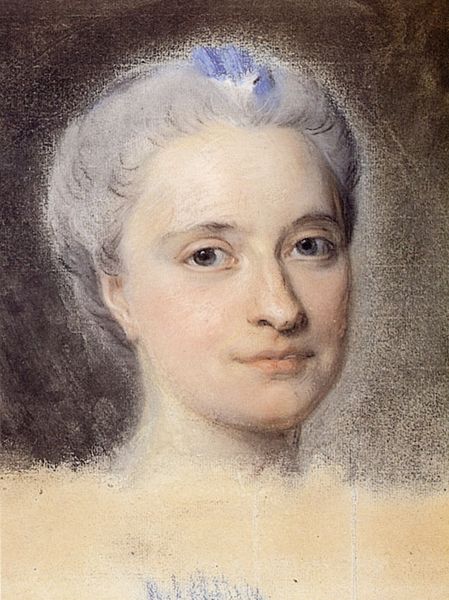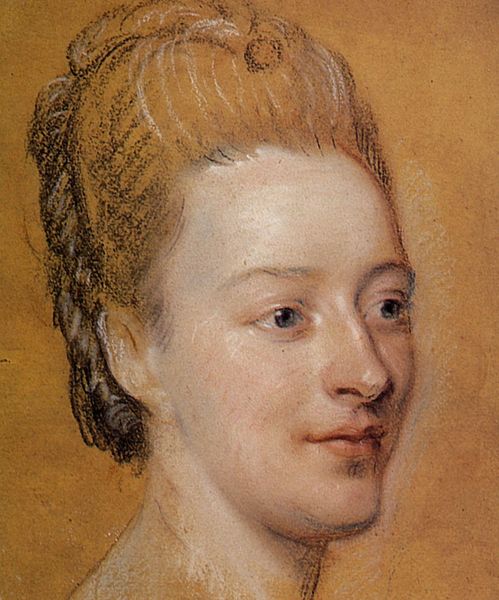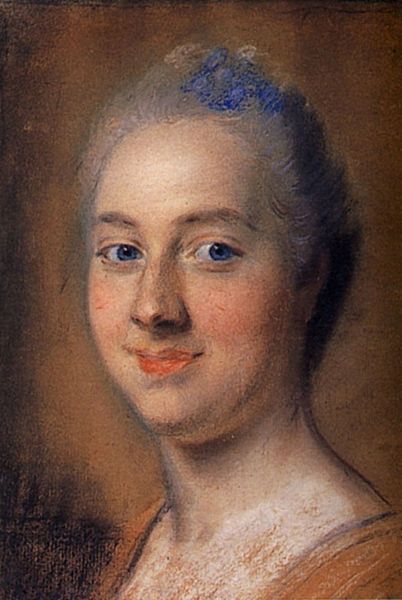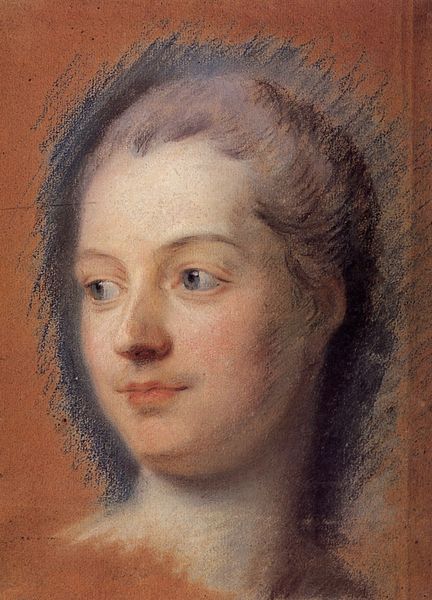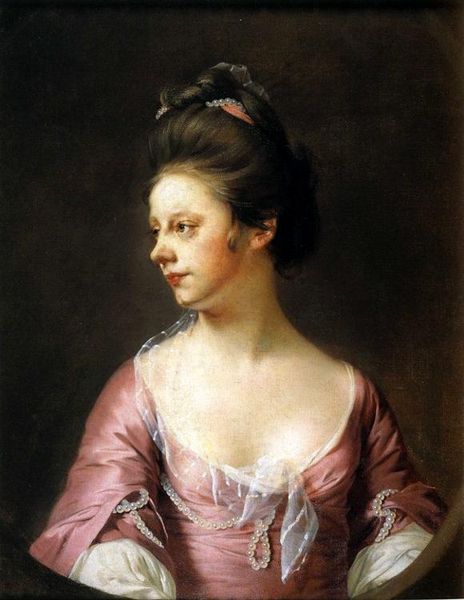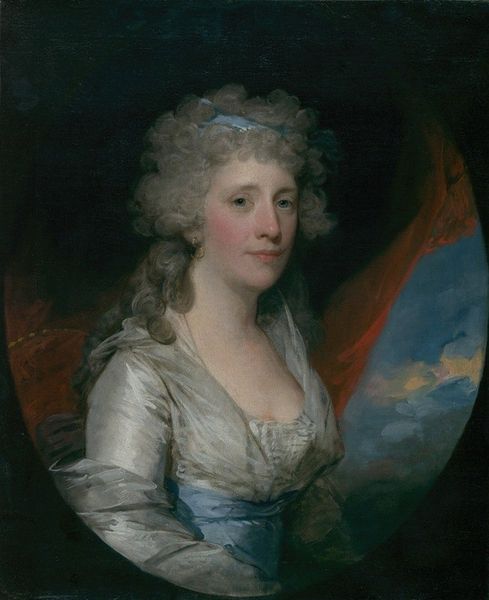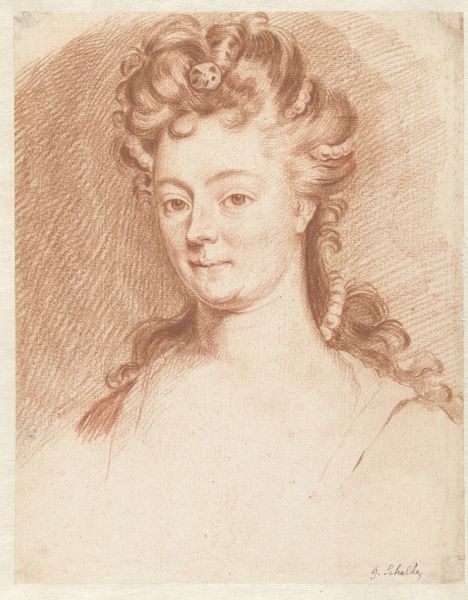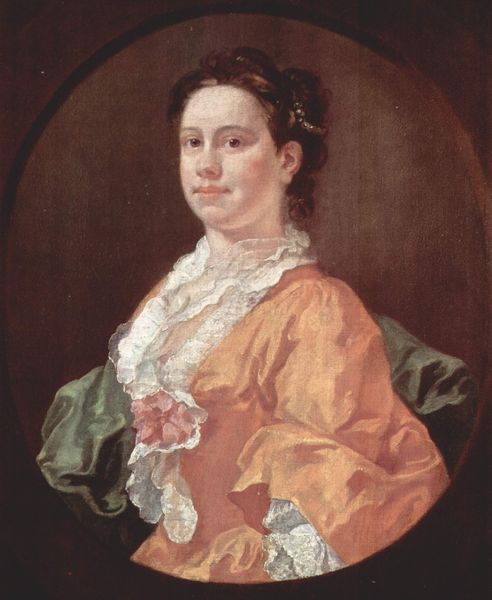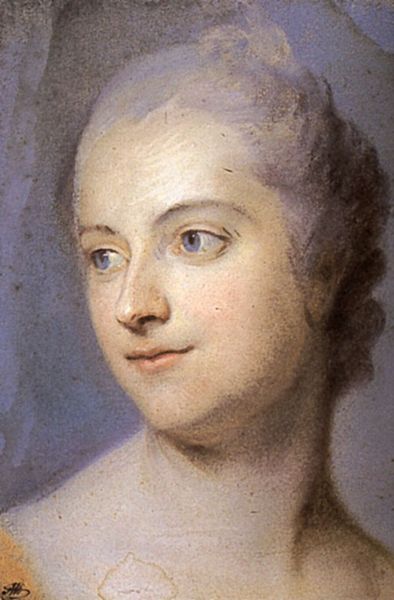
Beautiful girl from Zuylen
0:00
0:00
mauricequentindelatour
Musée d'Art et d'Histoire, Geneva, Switzerland
pastel
#
portrait
#
head
#
face
#
portrait image
#
portrait reference
#
portrait head and shoulder
#
animal drawing portrait
#
portrait drawing
#
facial study
#
pastel
#
facial portrait
#
lady
#
portrait art
#
female-portraits
#
fine art portrait
#
rococo
#
digital portrait
Copyright: Public domain
Editor: This is "Beautiful Girl from Zuylen," a pastel portrait, artist unknown, housed right here in Geneva. It's so delicate. The softness of the pastel makes her look almost dreamlike. What strikes you when you look at it? Curator: As a materialist, my eye is drawn to the pastel itself. Think about the production of these materials in the 18th century – the labor involved in grinding pigments, mixing them with binders. The intense blue may have relied upon semi-precious stone lapis lazuli as raw material, which had huge consequences to how such materials and artworks would be marketed to a certain social class. Editor: So the very stuff of the artwork tells a story? Curator: Exactly! The choice of pastel is telling too. Unlike oil paints, which were typically used for formal commissions intended to signal legacy, pastel offered a quicker, more accessible method of production, facilitating a different kind of art market. Were pastels perhaps more available to woman artists at this time? Who had access to commissioning, consuming, and even *making* art in pastel? Editor: That makes me wonder, was there anything 'radical' about using pastel for portraiture at this time? Curator: Absolutely. Pastel became popular, challenging established hierarchies. It became increasingly trendy. Editor: I never thought about portraits being trendy, somehow! Thinking about the art in this way, as a physical thing that was also bought, sold, and touched is really helpful. Curator: It is! By analyzing materials, we can unravel the intricate relationships between art, labor, and society.
Comments
No comments
Be the first to comment and join the conversation on the ultimate creative platform.
